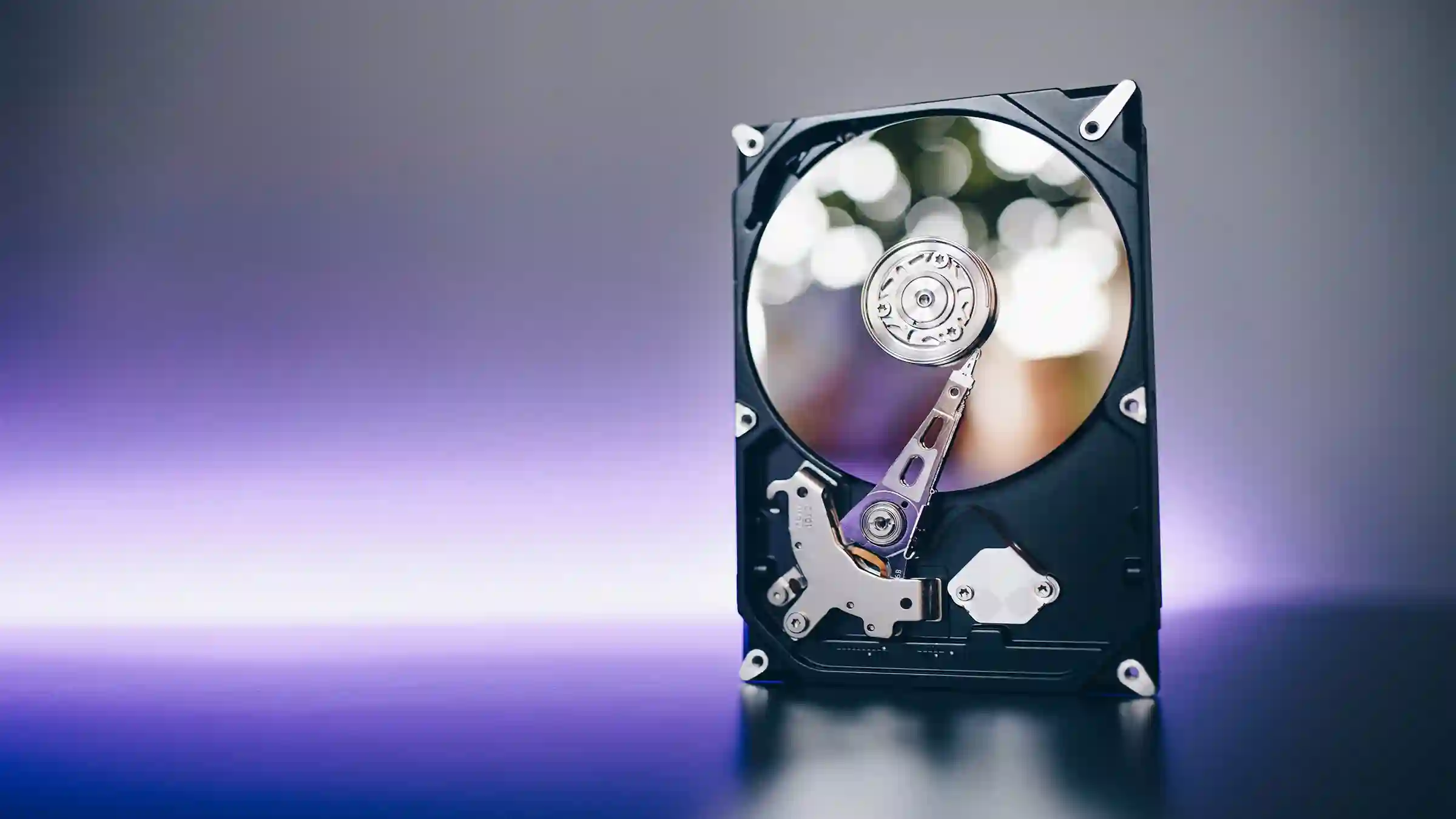WHAT IS A HARD DISK DRIVE?

The Hard Disk Drive (HDD) is an essential part of your server, computer, or workstation as it holds all of your data, including both the system’s necessary information and any user-saved files. Unlike RAM, HDDs are a type of non-volatile memory, meaning that the data is kept even when the device is not powered on. This article will provide a comprehensive guide to HDDs, discussing their advantages and disadvantages, as well as exploring other storage options that you may want to consider.
WHAT IS A HARD DISK DRIVE AND WHAT DOES IT DO?
The Hard Disk Drive (HDD) is a crucial component in a computer as it stores all the necessary files for the operating system and applications, as well as any files saved by the user. Unlike volatile memory, such as RAM, HDDs are non-volatile, meaning that the stored data remains even when the power is turned off. They allow for random access to the data, enabling quicker retrieval and transfer of information, and improving the overall performance of the device.
The use of Hard Disk Drives (HDDs) is critical to the smooth operation of your device. The required size of an HDD depends on the specific needs and demands of your device. If your device needs to handle heavy data or serve multiple devices, it may be worth investing in a larger and more powerful, albeit pricier, HDD.
HOW DOES A HDD WORK?
Hard Disk Drives (HDDs) can be connected to various systems using different interfaces, including SCSI, FC (Fibre Channel), SATA (Serial ATA), USB, and SAS (Serial attached SCSI). The typical structure of an HDD comprises a spindle that holds the platters, and flat circular disks that store the data. State-of-the-art HDDs feature Error Correcting Code (ECC) technology that identifies and corrects errors before they cause any damage.
SOLID STATE DRIVE VS HARD DISK DRIVE
Solid State Drives (SSDs) are an alternative to Hard Disk Drives (HDDs) for data storage in your device. The major distinction between the two is that while HDDs have many moving parts, such as spinning platters, SSDs are completely static. This stability makes SSDs more durable and longer-lasting, making them a viable option for your system.
On the other hand, SSDs lag behind HDDs in terms of storage capacity. Despite this, they generally offer faster and more efficient performance compared to HDDs. This is because SSDs use a block of memory instead of spinning disks to access data, enabling quick and easy data retrieval.
At present, the storage capacity of SSDs is not on par with that of HDDs. Nevertheless, the size of SSDs is growing rapidly, making them increasingly popular for use in computers, servers, and workstations. To learn more about SSDs, please read on.
